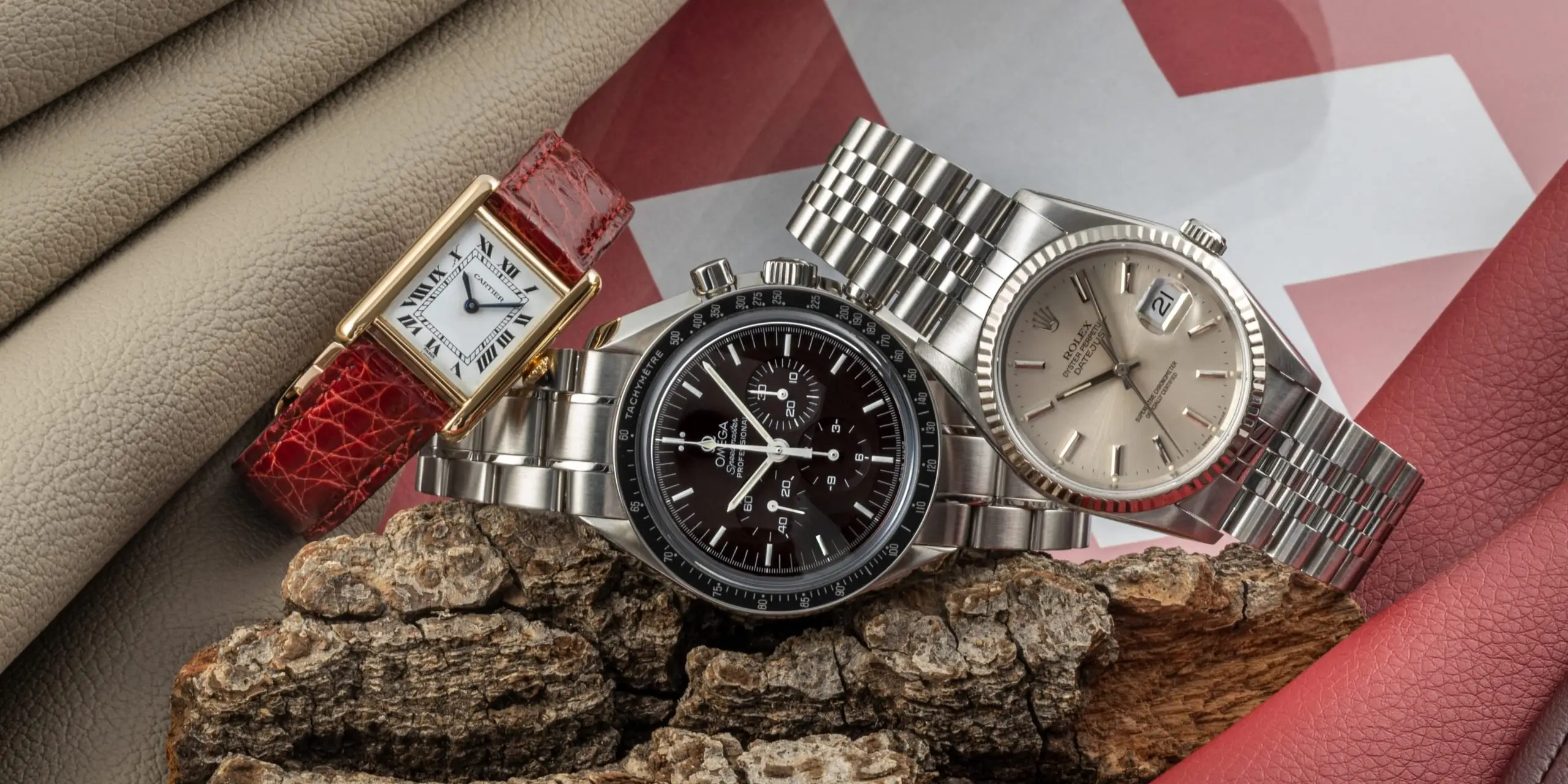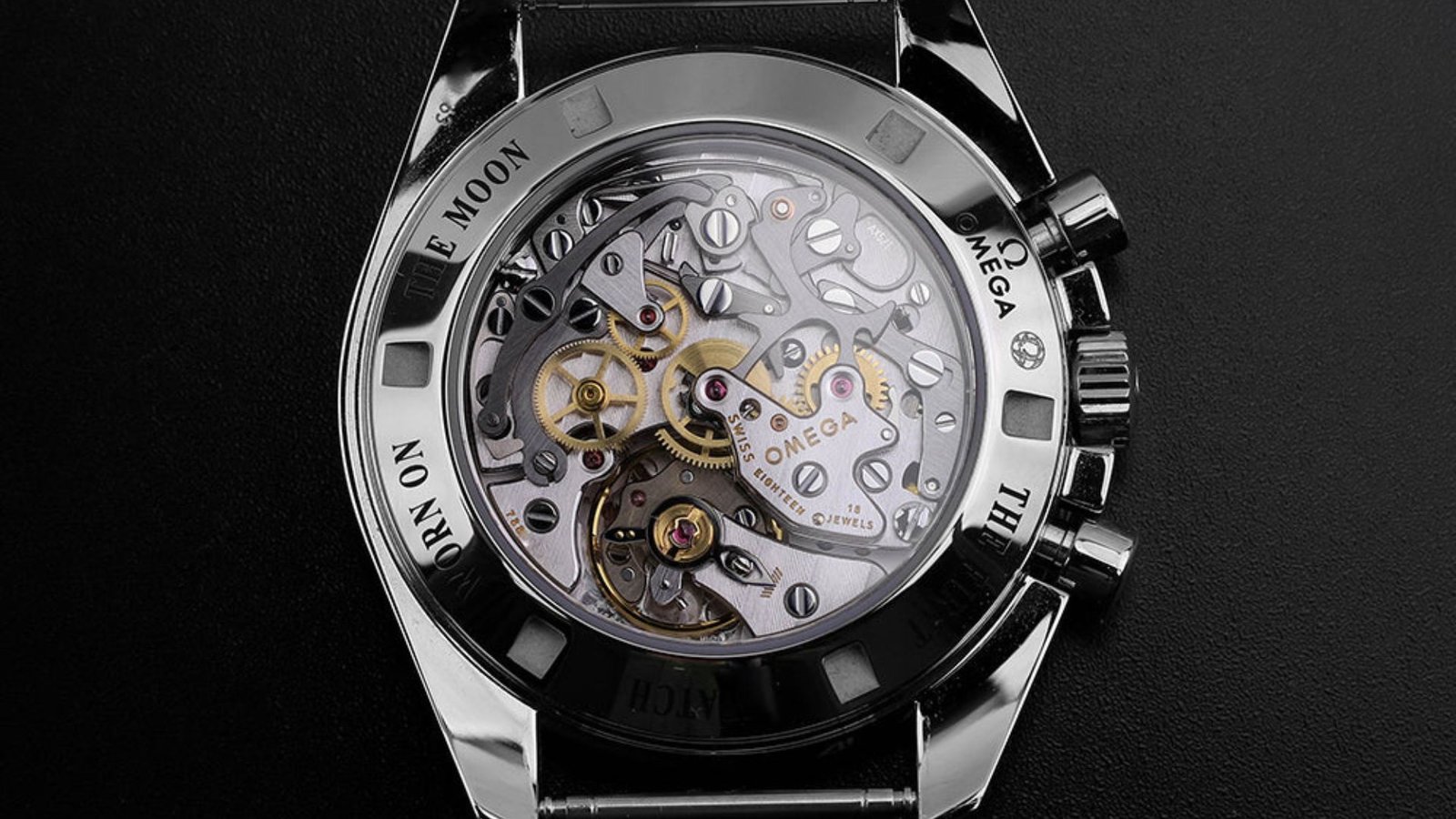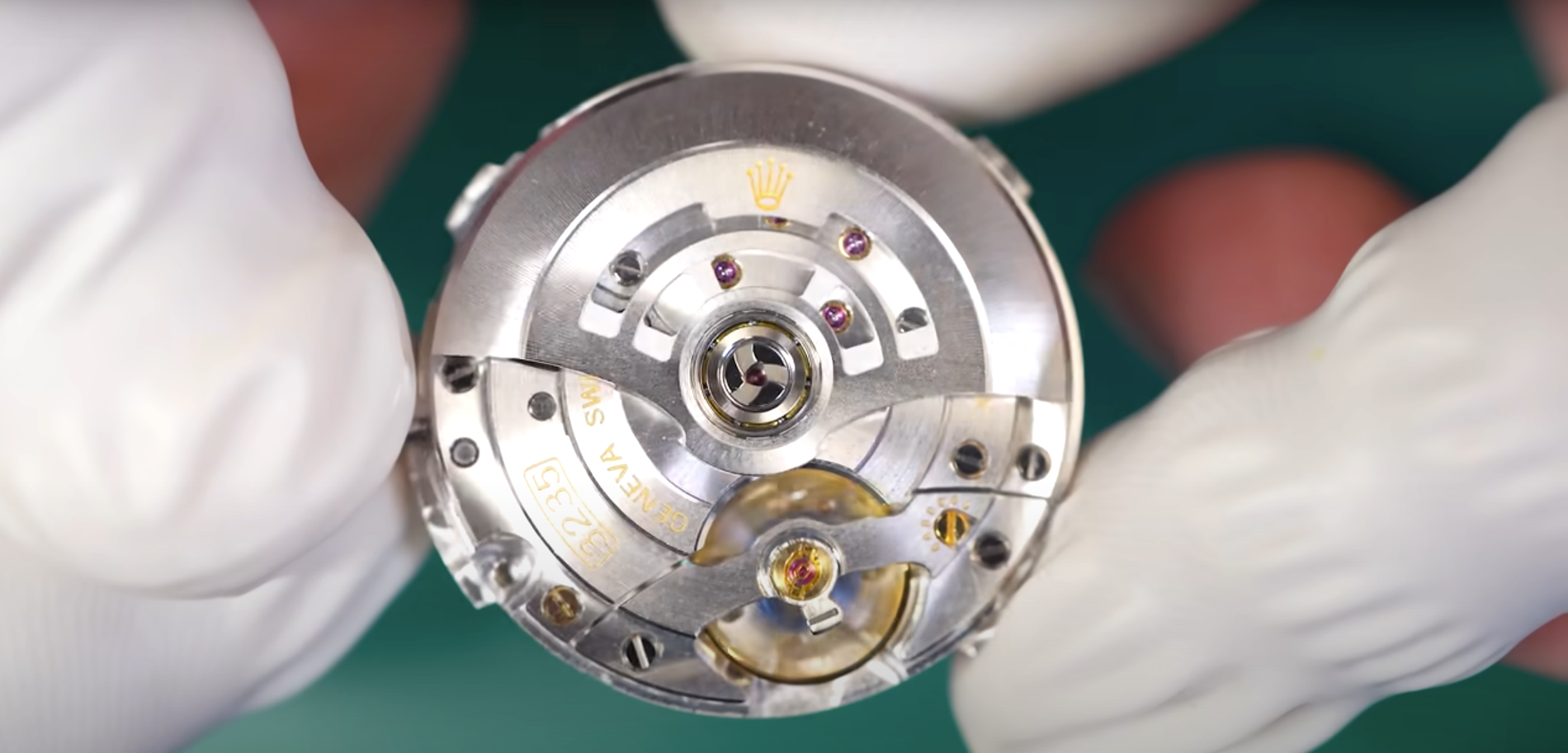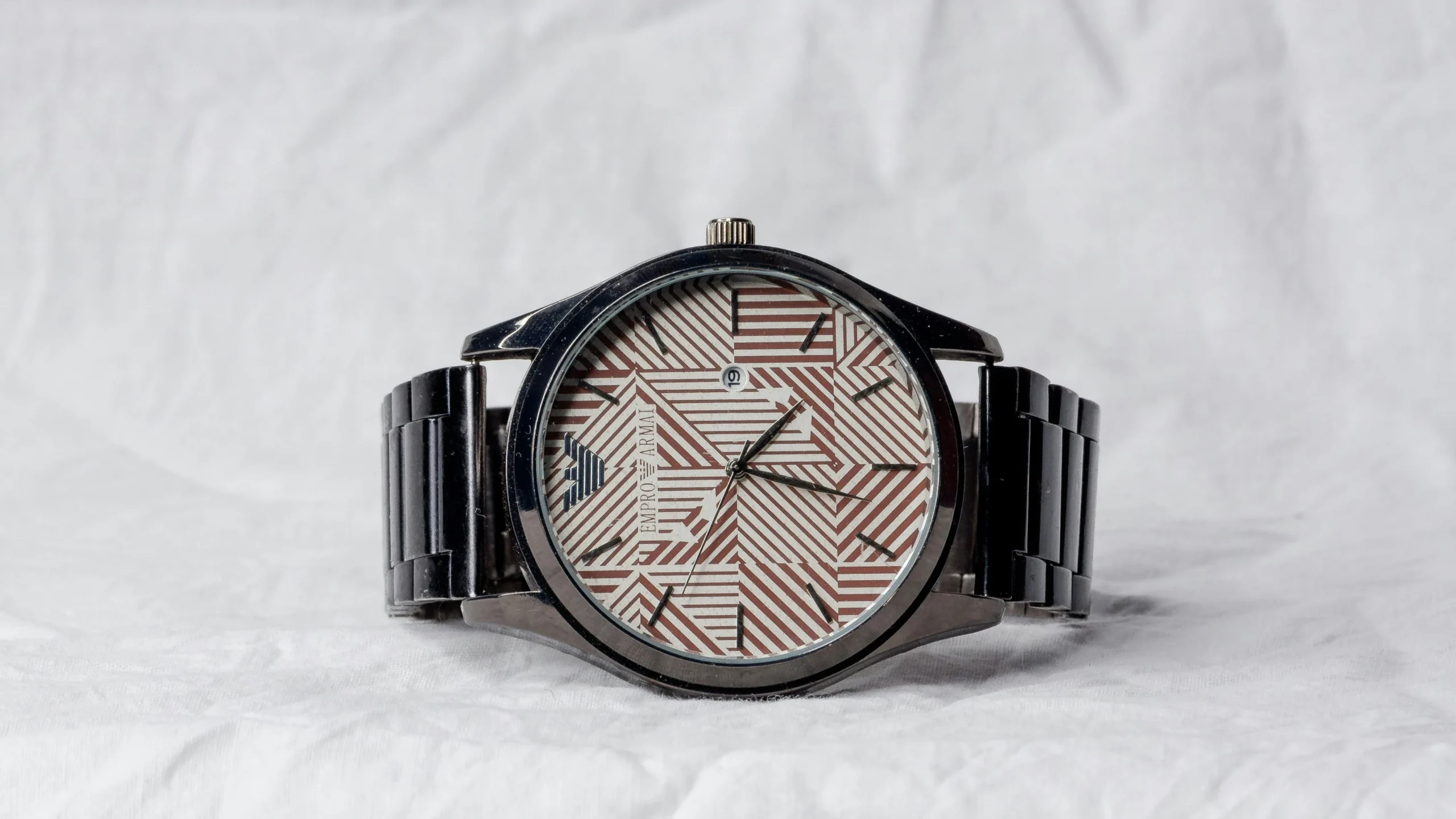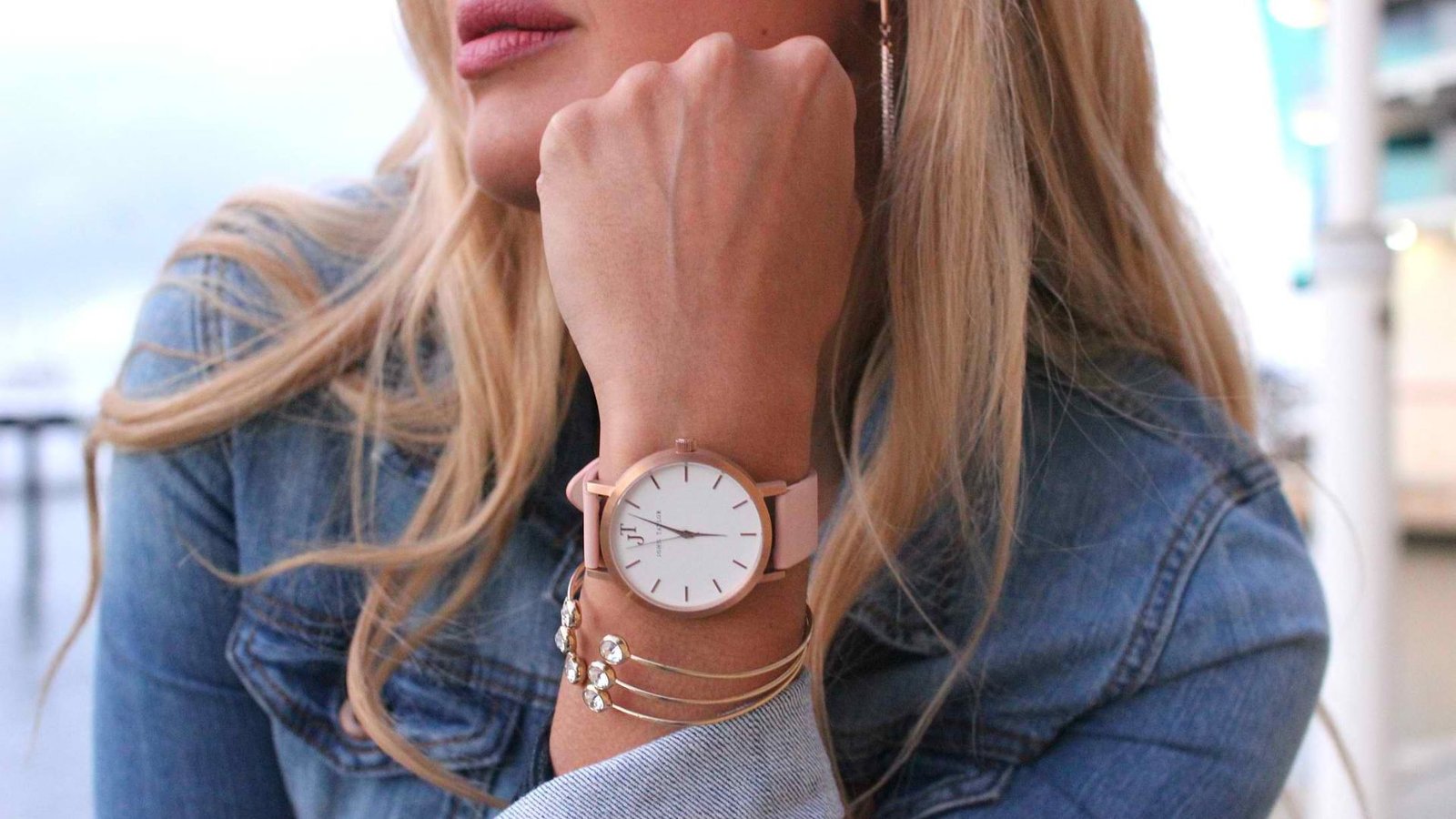Luxury watches are not just timepieces; they are symbols of craftsmanship, innovation, and status. Over the centuries, the evolution of luxury watches has mirrored advancements in technology, changes in fashion, and shifts in societal values. From their origins as simple timekeeping devices to becoming intricate works of art and engineering, luxury watches have come a long way.
The Birth of the Mechanical Watch
The story of luxury watches begins in the 16th century with the advent of the mechanical watch. The earliest watches were large, cumbersome devices often worn as pendants. These early timepieces, known as “clock-watches,” combined elements of both clocks and portable watches. They were prized possessions of the wealthy and served as symbols of status and technological advancement.
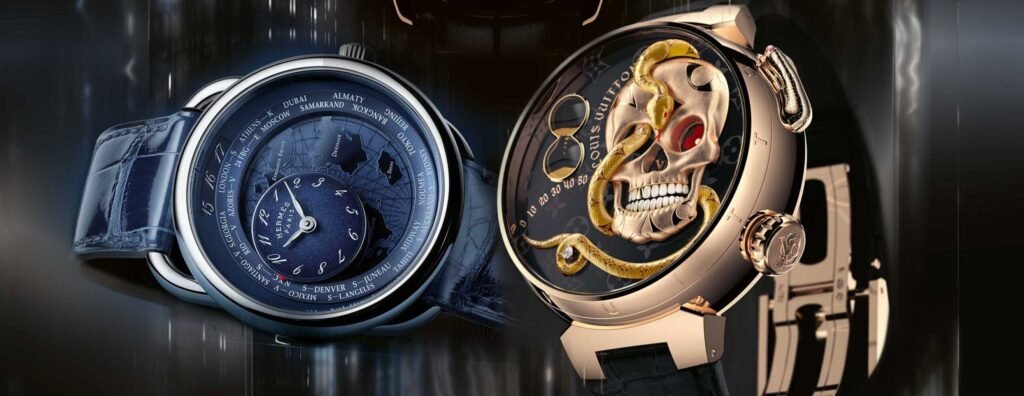
The Pocket Watch Era
By the 17th century, watchmaking had become more refined, leading to the creation of the pocket watch. Pocket watches were smaller, more accurate, and often housed in ornate cases. The introduction of the balance spring in the late 1600s significantly improved timekeeping accuracy, making these watches not just luxurious items but also reliable tools.
During this era, notable advancements were made by watchmakers such as Christiaan Huygens, who invented the balance spring, and Abraham-Louis Breguet, known for his innovations like the tourbillon and the self-winding watch. Breguet’s contributions set the stage for many of the complications and features we associate with luxury watches today.
The Rise of the Wristwatch
The early 20th century marked a significant shift from pocket watches to wristwatches. Initially, wristwatches were considered more suitable for women, while men continued to favor pocket watches. However, World War I played a pivotal role in changing this perception. Soldiers found wristwatches to be more practical on the battlefield, leading to increased popularity among men.
Luxury watch brands quickly adapted to this trend. Companies like Rolex, founded in 1905, began producing high-quality wristwatches. Rolex’s Oyster, introduced in 1926, was the world’s first waterproof wristwatch, showcasing the brand’s commitment to innovation and durability.
The Golden Age of Watchmaking
The mid-20th century is often referred to as the golden age of watchmaking. During this period, brands like Patek Philippe, Audemars Piguet, and Vacheron Constantin solidified their reputations for producing some of the finest watches in the world. Patek Philippe’s perpetual calendar, Audemars Piguet’s Royal Oak, and Vacheron Constantin’s Patrimony are just a few examples of iconic models that emerged during this era.
The post-war boom saw increased demand for luxury goods, including watches. This period also witnessed the rise of the quartz movement in the 1970s, which, although initially threatening traditional watchmaking, ultimately led to a renaissance in mechanical watch craftsmanship as brands sought to differentiate themselves from the mass-produced quartz watches.
The Modern Era of Luxury Watches
In the modern era, luxury watches have become even more diverse and technologically advanced. Brands continue to push the boundaries of innovation while honoring their rich heritage. For instance, TAG Heuer’s Connected series combines traditional watchmaking with smart technology, catering to a new generation of watch enthusiasts.
Sustainability and ethical practices have also become important considerations in contemporary watchmaking. Brands are increasingly focusing on using ethically sourced materials and environmentally friendly production methods, reflecting broader societal trends towards sustainability.
Discover Engaging Online Games
Webenezer offers a range of exciting online games to keep you entertained. For those who enjoy classic casino games, try stellar spins online baccarat for an unforgettable experience. Join now and enjoy the thrill!
Conclusion
The evolution of luxury watches is a testament to human ingenuity and the relentless pursuit of perfection. From the early mechanical watches of the 16th century to the sophisticated, multifunctional timepieces of today, luxury watches have continually evolved, blending tradition with innovation







